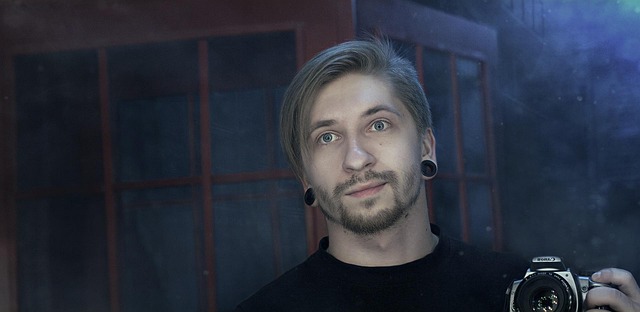
The Rise of Superproductions: Exploring the Impact on Modern Entertainment and Cultural Trends
The concept of superproduction has recently surged to prominence within the film industry, and its impact on modern entertainment and cultural trends is undeniable. As we delve into this phenomenon, it’s essential to understand what differentiates a superproduction from a traditional film. With budgets soaring into the hundreds of millions, these cinematic giants often feature an ensemble of star-studded casts, innovative special effects, and groundbreaking storytelling techniques.
In today’s fast-paced society, audiences are increasingly becoming accustomed to high-stakes storytelling that transcends the boundaries of the ordinary. Superproductions, with their lavish budgets and expansive marketing campaigns, are designed to create an experience that captivates viewers from the first trailer to the opening night. Films like Avengers: Endgame and Avatar are testament to how these colossal projects not only entertain but also shape cultural narratives, engage fans in immersive worlds, and generate a shared sense of community among viewers.
Modern entertainment has evolved into a platform for escapism, and superproductions play a crucial role in fueling this trend. They offer audiences a chance to lose themselves in stunning visuals and compelling plots, fostering emotional connections that resonate deeply. This simultaneous engagement allows the films to become cultural touchstones, referenced in conversations, parodied in memes, and analyzed in academic settings. The communal experience of watching a blockbuster film in a packed theater, surrounded by fellow enthusiasts, enhances the emotional impact, forging lasting memories.
However, the rise of superproductions doesn’t come without its challenges. As the industry moves toward creating larger-than-life spectacles, some fear that artistic integrity may be compromised in favor of profitability. The relentless pursuit of box office success often leads to formulaic storytelling, leaving fewer opportunities for smaller, independent films to flourish. This dichotomy raises important questions about the future landscape of cinema: Will smaller, innovative films be overshadowed by massive franchises, or can both coexist in a balanced ecosystem?
Cultural trends are also influenced heavily by the themes explored in these superproductions. They often mirror contemporary societal issues, providing a platform for dialogue around topics like identity, technology, and ethical dilemmas. For example, films that delve into themes of environmentalism or the complexities of modern warfare often resonate deeply with audiences, prompting discussions that extend beyond the silver screen. In this way, superproductions can serve as a reflection of our current epoch, highlighting both our aspirations and anxieties.
The increasing globalization of cinema further compounds this phenomenon. Superproductions are no longer confined to Hollywood; they are a worldwide phenomenon, with international co-productions becoming increasingly common. This blending of cultures and narratives not only enriches the storytelling landscape but also encourages a more diverse array of voices to be heard. For instance, films like Parasite, which garnered global acclaim, showcase how groundbreaking stories can emerge from anywhere, challenging the traditional Western-centric view of cinema.
In summary, the rise of superproductions is reshaping modern entertainment in profound ways. They influence cultural trends, provide communal experiences, and often spark conversations about critical societal issues. As audiences continue to seek engagement in their viewing experiences, the evolution of superproductions will undoubtedly play a pivotal role in the future of cinema, offering both challenges and opportunities for filmmakers and audiences alike. The journey ahead promises to be as exciting as the films themselves, inviting us to reflect on what entertainment means in an ever-evolving cultural landscape.


